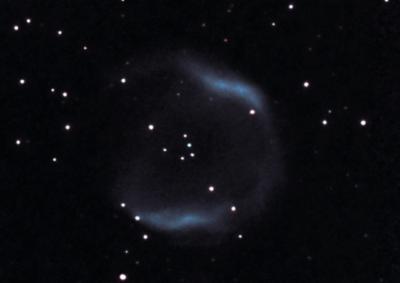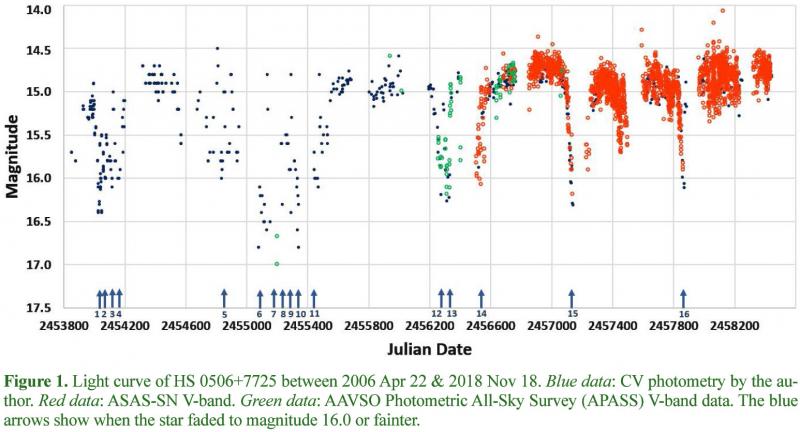Archives
The 53rd BAA Winchester Weekend, 2019 April 5–7
Within a week of the booking information appearing in the Journal, the weekend at Sparsholt College was sold out. I
Read moreEquipment Review: Celestron Stereo Binocular Viewer
Celestron product code 93691, £240 (UK). The viewer arrives in a small padded aluminium case. It fits into a standard
Read moreA planetary challenge in Pegasus
Although Pegasus, the winged horse of Greek mythology, is a rather large straggling constellation and not particularly conspicuous, the four
Read moreLow-state transitions in the nova-like cataclysmic variable HS 0506+7725
The twelve-year lightcurve of the nova-like cataclysmic variable HS 0506+7725 between 2006 April & 2018 November is presented. This shows that the star spends most of the time in a normal state at about magnitude 14.7, but multiple excursions to a fainter state at magnitude 16.0–17.0 were apparent. These normal-state/low-state transitions of up to 2.3 magnitudes are typical of the VY Scl subclass of CVs. In the case of the best characterised fading episode, both the fading and the subseqent return to normal brightness were observed; the complete transition lasted about 43 days. Further monitoring of this system by amateur astronomers is encouraged to identify and characterise future low states.
Read moreThe larger sunspot groups of Cycle 24
Using observations submitted to the BAA Solar Section, the largest sunspot groups of Solar Cycle 24 are discussed and example images shown. The characteristics of the cycle are also described and a comparison is made between the sizes of its larger sunspot groups and those of previous cycles, stretching back over 100 years.
Read more



